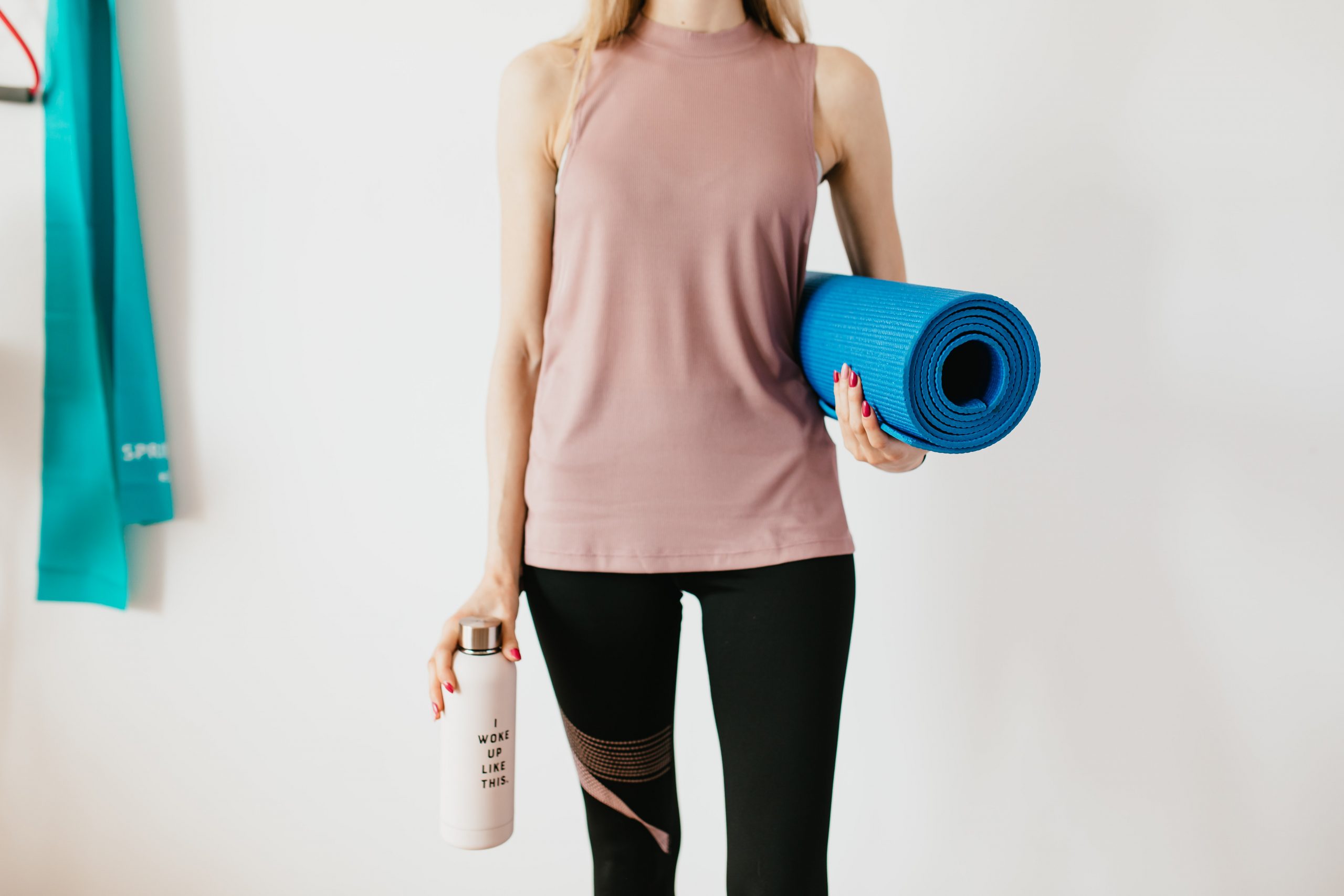Osteoporosis and Pilates

There are plenty of types of exercise that are beneficial for those with osteoporosis but improving strength, bone density and balance should be part of any exercise programme. Pilates incorporates all of these so is an excellent option if you have osteoporosis.
Pilates is named after Joseph Pilates who started it back in the early 20th century and he developed it as a mix of yoga, martial arts, ballet and strength and conditioning exercises. Over the years, his original exercises have been modified and Pilates classes are now found in a variety of settings. It is worth considering there to be two types of Pilates – recreational (as in a gym setting) and clinical (as in a physiotherapy clinic or other health setting). Recreational Pilates may not be suitable for those with osteoporosis due to class sizes and quick progression of exercises and is often more suitable for younger people. Clinical Pilates is sometimes called Rehabilitative Pilates and the instructor would usually be a health professional such as a chartered physiotherapist who would be qualified to treat those with osteoporosis.
Although Pilates exercise done under the correct supervision can be helpful for those with osteoporosis, there are some exercises that should be avoided and others that need to be modified as they can put a strain on the bones of the spine.
Strengthening exercises using bands, free weights or bodyweight can help increase bone density and these exercises would be progressed slowly. Pilates can also help strengthen the muscle groups needed to help improve posture. Strengthening of the thigh muscles, the muscles around the hip and tummy muscles is important to improve bone density and to help prevent falls. People with osteoporosis are advised to avoid strong and sudden twisting and bending exercises, particularly when using weights so these exercises may need to be altered, whereas exercises that involve arching or extending the spine can be helpful. Pilates also incorporates balance and coordination exercises that can help prevent falls, it can help prevent fractures in people with osteoporosis. Your Pilates instructor should be able to tell you which exercises to avoid and modify other exercises for you
If you have osteoporosis, you should find a class with a small number of attendees (preferably fewer than ten in a class) to make sure you get good supervision during the class. It is usually a good idea to have a one-to-one session with the instructor prior to the class so that they can do an assessment with regards to your ability and discuss any scan results, any medical conditions you have and any medications that you are taking.
Check that the instructor is a qualified health professional and ask the following questions:
• How many people will be in the class?• Is it a mixed ability class or will there just be beginners in the class?
• Is the instructor familiar with which exercises are safe or unsafe for people with osteoporosis?
• Will exercises that help balance be included in the class?
• Will I be able to ask questions about the exercises during the class?
Pilates exercises should always be progressed slowly so do let your instructor know if the pace is too quick for you. It is normal to have some muscle soreness after a new class but if you have back pain or ache or are worried about a new pain, always discuss it with your instructor.
Pilates is an excellent and fun way of strengthening your bones and improving your muscle strength and balance. It is very safe providing you take a few precautions and modify some exercises but there are 100s of Pilates exercises that are suitable to do even if you have osteoporosis.

